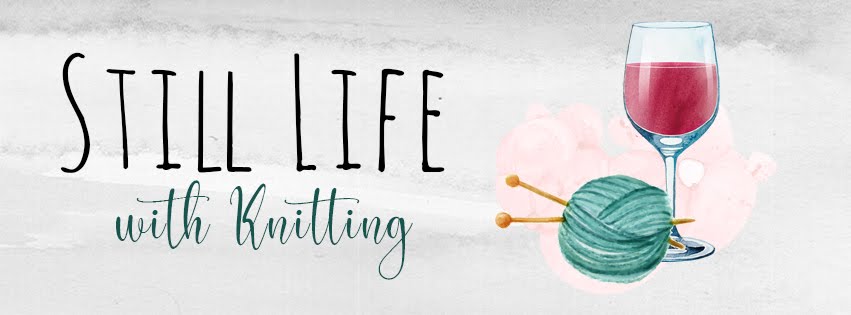I start to prepare for winter as well. (Okay. Let's say it. WINTER IS COMING.) This is the time when I really get going on making sure the "larder" (my pantry, fridge, and freezer) is well provisioned. I do of course put things away during the summer, when beautiful fruits are available in our local farmers' markets and neighbors generously share the bounty from their trees. Summer squashes and tomatoes and other hot-season veggies are preserved in a variety of ways, ready to be called upon for fall and winter soups and sauces.
But now, as the farmers' markets prepare to close for the season and the only "fresh" produce to be had will be from the supermarket (we all know that mass-distributed produce is not fresh at all), and as the nights close in earlier and earlier and I get the urge to cook long-simmering pots of comfort, I want to make sure that whatever ingredients I will need to cook or bake are readily at hand. I don't live so far out in the boonies that I can't run out to a store, but even a quick trip to the grocer's is 30 to 40 minutes round trip. That's enough to put a crimp in my style, so to speak, if I'm in the middle of a recipe and discover that I don't have everything I need (which has happened far too often). And there are those days when I simply don't want to leave the house. So now I make sure that my larder is well provisioned with all of the staples I need to cook or bake, and enough basic preserved foods that I can toss together an improvised meal or grab a quick snack.
So what do I stock the larder with? These are the essentials I try to make sure I'm never without.
IN THE PANTRY/CUPBOARDS
- Oils and vinegars (I keep portions in small cruets on the counter, but the rest go in the cupboard where they're tightly closed and not exposed to light.)
- Salt (pure fine sea salt, canning salt, and specialty sea salts)
- Herbs and spices
- Sugars and flours
- Baking supplies such as baking soda & powder, cocoa, etc.
- Steel-cut and rolled oats
- Honey
- Peanut butter
- Canned tuna
- Dried pasta (lots and lots of dried pasta)
- Dried rice and beans
- Canned beans
- Canned pumpkin
- Canned broth
- Jams and jellies
- Chutney (I try to make a batch or two of chutney each year; it's wonderful with cheese or crackers or as an accompaniment to meat, and it livens up plain brown rice.)
- Pickle veggies (Pickles really brighten up winter meals. I like pickled cauliflower in salads, and pickled zucchini or pattypan squash alongside frittatas. BTW, pickled fruits are pretty amazing as well, and are wonderful on a cheese board. My favorites are figs, cherries, and grapes.)
- Dehydrated veggies such as zucchini and mushrooms, and diced onions, carrots and celery to make soffritto (aka mirepoix)
- Olives and sun-dried tomatoes in oil
- Better Than Bouillon organic vegetable base (for those times when I don't have broth on hand or don't want to make it from scratch because I'm in a hurry, or when I'm under the weather and don't want to eat but need a little something in my stomach.)
- Yeast
- Maple syrup
- Bottled lemon juice (for canning)
- Raisins and dried cranberries
IN THE FREEZER
- Butter
- Cream (Yes, you can freeze cream! I freeze it in ice cube trays for when I need small amounts, such as to add to scrambled eggs or a baked frittata, and in small freezer containers for when larger amounts are needed.)
- Lemons (juiced and frozen in ice cube trays; sliced; and whole)
- Pesto
- Buttermilk powder (Yes, this is cheating I suppose, but I got tired of buying a quart of buttermilk when I only needed a few tablespoons. For basic baked goods, the powered buttermilk works just fine -- the trick is to add the powder to the dry ingredients and then add the appropriate amount of water (I often mix water and milk or cream) to the liquid ingredients.)
- Tomato paste (I don't use a lot of tomato paste, and ditto above -- I hated using a tablespoon and throwing the rest of the can away. So now I freeze the paste by placing tablespoonfuls on a baking sheet, and when frozen wrapping the individual portions in plastic wrap and sealing them all in a heavy freezer bag.)
- Flours that I don't use often, such as garbanzo bean flour, almond meal, etc.
- Nuts
- Vegetables and fruits
- Coffee (The purists out there may cringe, but I buy good quality coffee in bulk. A small canister on the counter holds a few days' worth, and the rest is stored in the freezer. This house in NEVER without coffee.)
So what's in your larder?





















